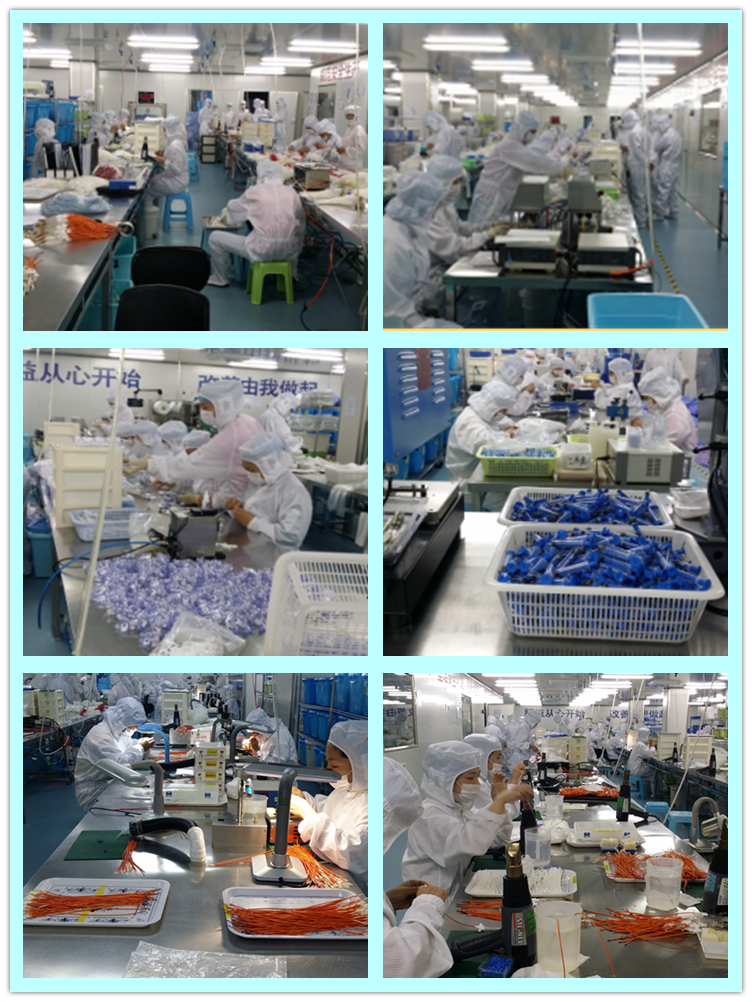Reasons why dairy cows are lame
Gene: Dairy cows have unsound legs or hoofs, which can lead to a higher incidence of lameness and can be further exacerbated by poor management and environmental issues.
Environment: Lameness is usually caused by unfavorable factors in the environment, especially the type of cows and the ground on which the cow walks. Regardless of the type of shed, it is important to provide cows with comfortable enough rest space. Lameness is often found in overcrowded cowsheds and poorly fenced cowsheds. Therefore, it is usually necessary to carefully observe the behavior of dairy cows, early detection and early improvement.
Management: In actual production, dairy farmers often take action when they find problems or problems. At this time, the problems are serious and difficult to solve. Therefore, we must regularly check, early detection, early treatment, and take proactive and comprehensive preventive and preventive measures.
Disease: Includes foot rot disease. The key issue is to keep the hoof clean before and during antibiotic treatment. The most common mistake is the improper cleaning of the hoof. This is unsuitable because the cows are allowed to dirty their hoofs after washing, or the cleaning time is too short for the hooves to fully contact the disinfectant.
Nutrition: Nutrition affects the quality of lameness, hooves, and laminitis in two major ways. On the one hand, the growth of the cow's hoof is affected by trace elements, especially zinc. Added high-use zinc in the diet, the test shows that zinc can reduce the incidence of lameness by 24%. What needs to be emphasized is that zinc is not a "magic bullet." It should also be resolved at the same time for other factors. The recommended dosage of zinc is 3 grams per day per cow. On the other hand, too much protein in the diet can cause lameness. The principle is unclear. It may be that excessive ammonia in the rumen will cause the death of bacteria, resulting in toxins in the blood, similar to acidosis, or may be a product of degradation of unwanted proteins including histamine may cause laminitis.
Everyone knows about the problem of acidosis. Nutritionists stress the need to adjust the balance of the diet, especially by rapidly fermenting carbohydrates and high-efficiency fibers to avoid acidosis. Therefore, priority must be given to all high-yielding dairy cows in the environment to feed on nutrient-balanced diets and to meet the nutritional needs of dairy cows in production.
prevention
Determine the incidence of dairy cows on farms, understand the losses caused by lameness on farms, find out the reasons, and formulate solutions to lame cows. It is recommended to use probiotics, which can help stabilize the pH of the rumen, increase dry matter intake and digestibility of forage, and also reduce the incidence of lameness.
in conclusion
For the individual breeder, a practical method to solve the problem of cowardly foot of dairy cows is to determine the incidence of lameness in the farm, the second is to understand the loss caused by the lame farm, and the third is to formulate a solution to all problems.
Antimicrobial central venous catheters are discussed as a device to reduce catheter-related infections. Previously we have reported a study with 223 adult surgical patients randomized to receive either a rifampicin-miconazole-loaded Central Venous Catheter (CVC) (n=118) or a standard CVC (n=105). The antimicrobial CVC was shown to reduce catheter colonization (CC) and catheter-related local infection (CRI) significantly even at long-term catheterization. Here, we present further evaluation of the study focusing on possible benefits for high-risk patients. Subgroup analyses showed a pronounced reduction of CC and CRI in male, overweight and oncology patients. Important covariates were skin colonization for CC and oncological disease for CRI. Odds ratio (OR) for reducing CC was 0.076 (95% CI: 0.016-0.360) and CRI was reduced from 26% to 2.3% (p=0.001) in the cancer subgroup. Ex vivo long-term antimicrobial activity of modified catheters exceeded 4 weeks.
*Related Products:Anti-microbial Central Venous Catheter Kit,Anti-microbial Central Venous Line Kit.



Antimicrobial Central Venous Catheter
Anti-Microbial Central Venous Catheter,Anti-Microbial Central Venous Line,Central Venous Line,Anti-microbial Central Venous Catheter Kit,Anti-microbial Central Venous Line Kit
Anesthesia Medical Co., Ltd. , http://www.sinoanesthesia.com